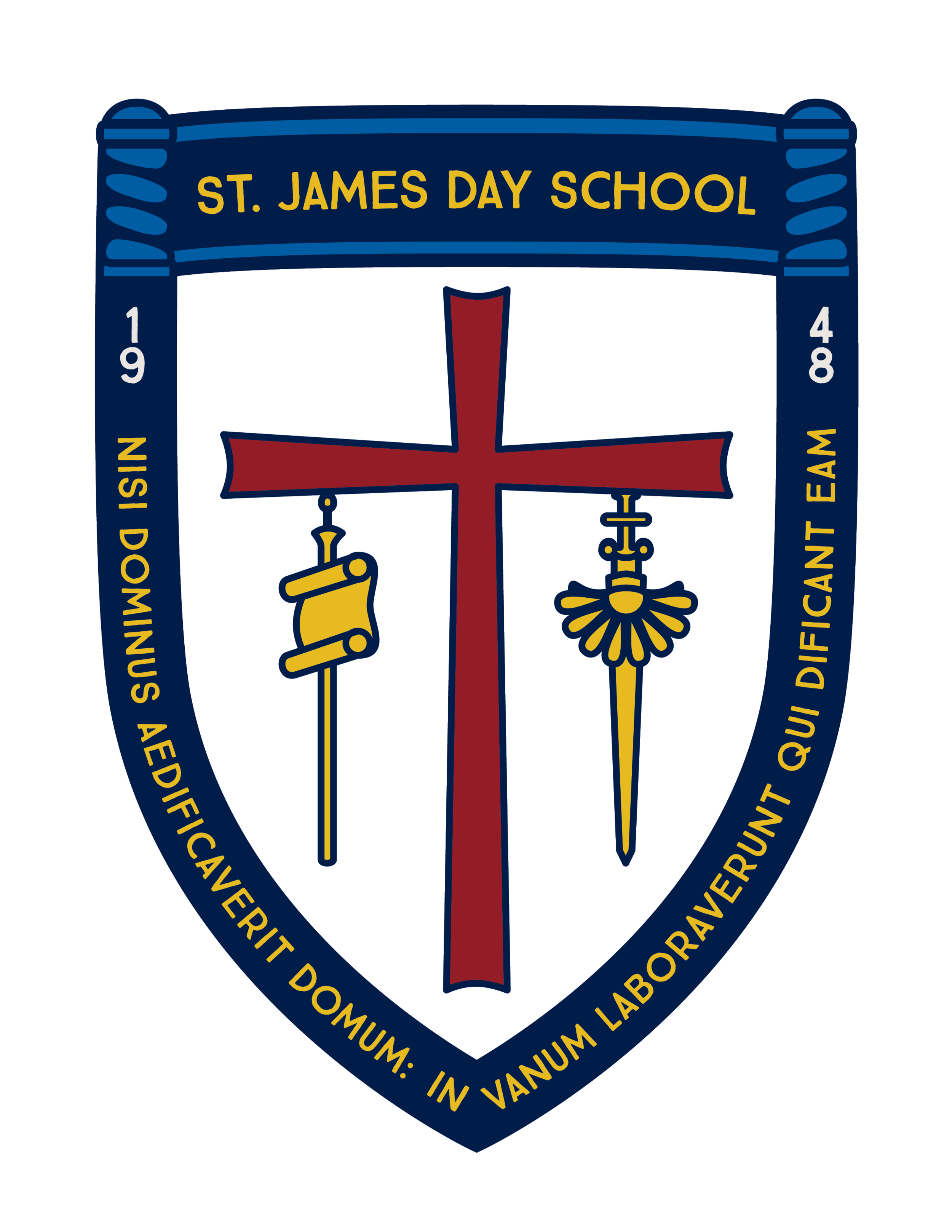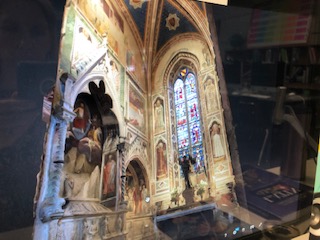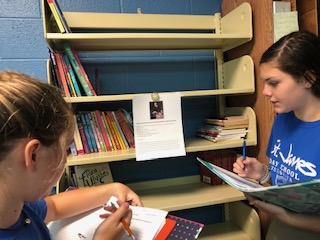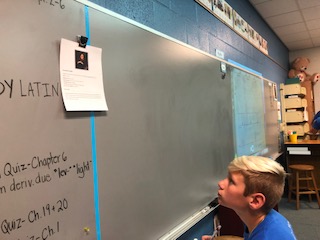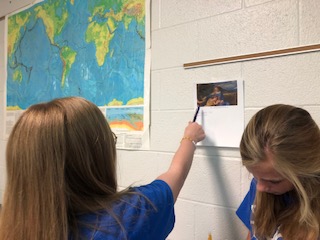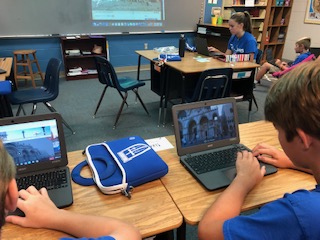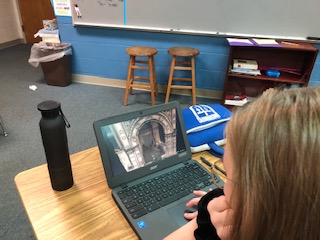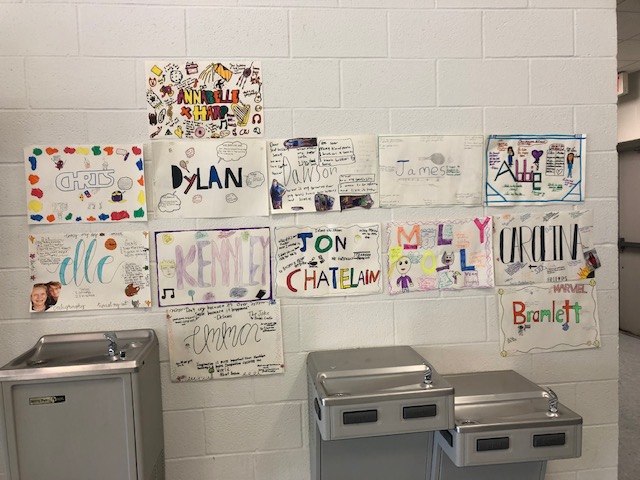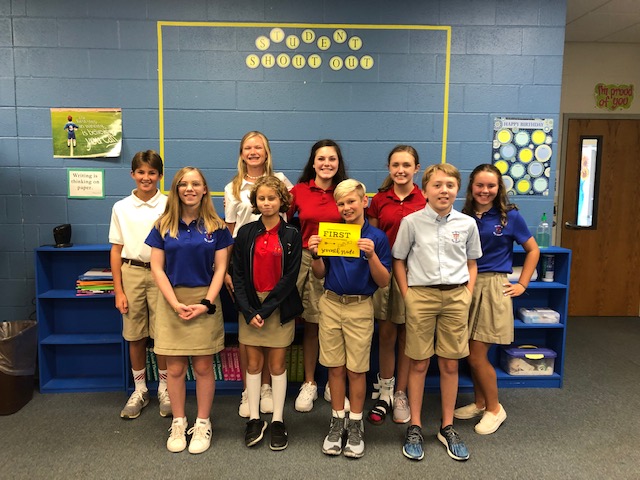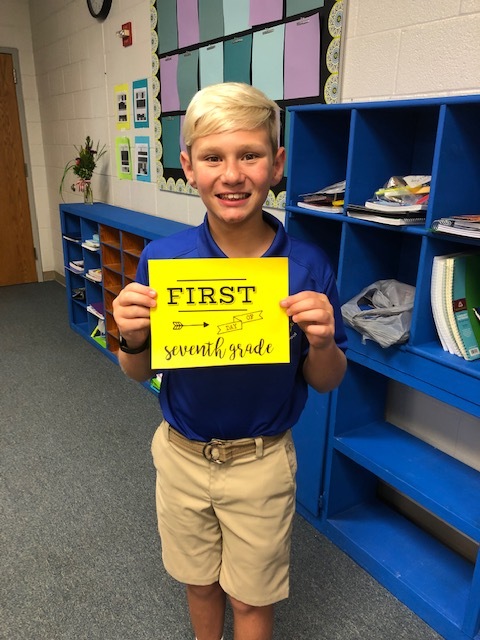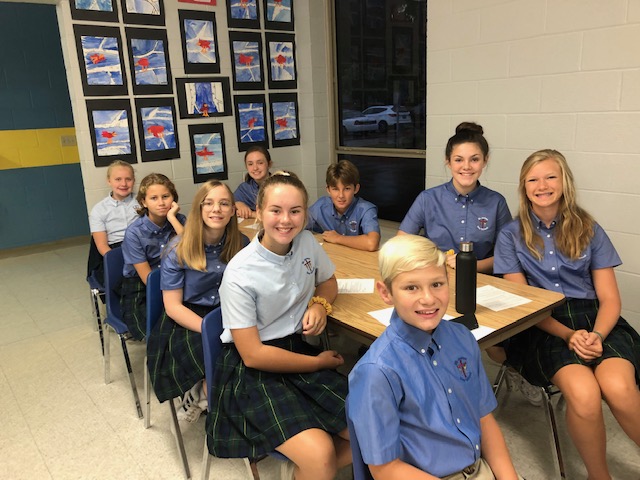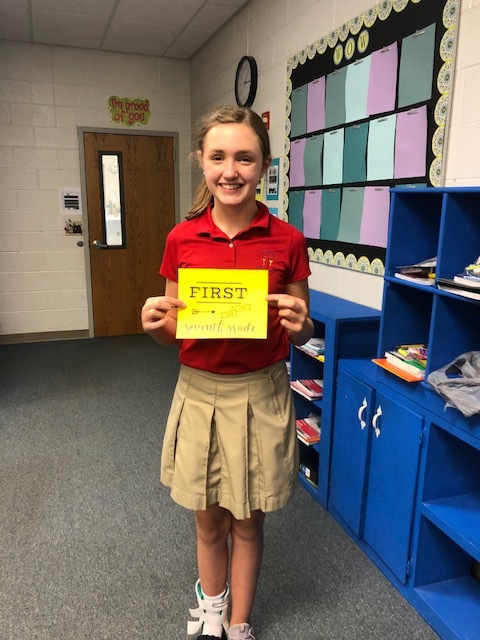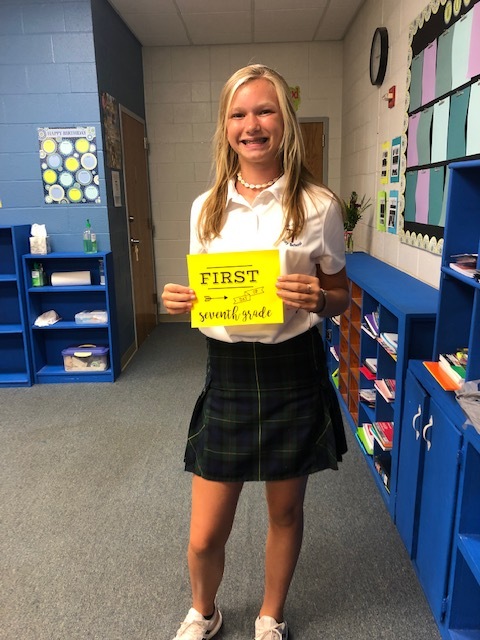by Nicole Ayers, Math & Science
Actually, there was a strange chemical preservative odor that filled the air as seventh-grade students performed a dissection of four fetal* pigs. The students, along with two additional members of the Anatomy & Physiology team, have spent extensive time researching human body systems. The dissection helped make this research come to life, bringing their learning to a new level.
Many students had to overcome personal fears and apprehensions to participate in this lab, but everyone pushed their limits to fully engage. This experience would not have been nearly as insightful without the assistance of four adult experts who volunteered their time. Dr. DuBois and Dr. Yost led the process, as they did with last year’s class. Angela O’Rorke shared her knowledge of zoology, and Caty Burks brought experience from the nursing field. Altogether, it was a learning experience these students won’t soon forget!
*Preserved pigs were not raised for the purpose of dissection; they are a byproduct of the pork industry. Most of the pigs were stillborn and would be discarded were they not reutilized for educational purposes.
